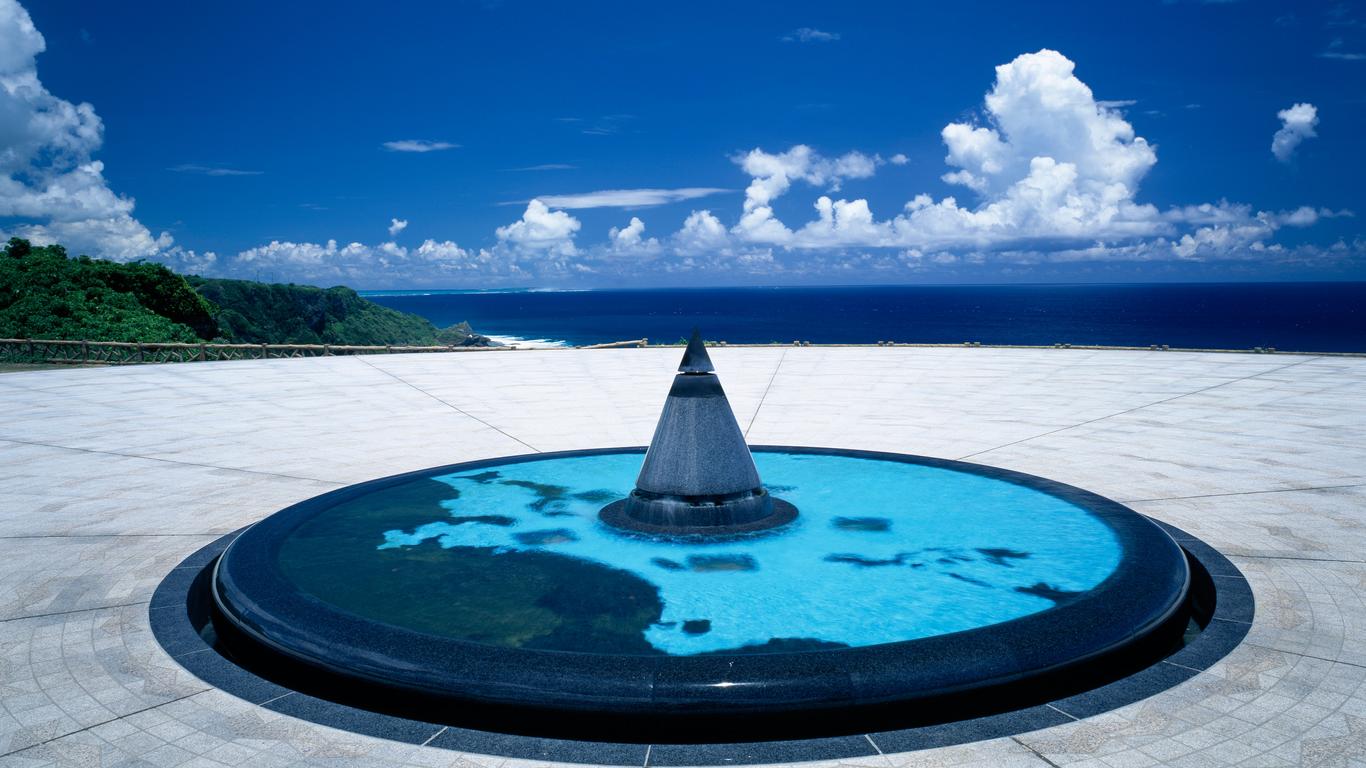Einblicke
Günstigste Hotels
Wo übernachten?
Deutsch
- Australia (English)
- Canada (English)
- Canada (Français)
- Danmark (Dansk)
- Deutschland (Deutsch)
- Germany (English)
- España (Español)
- Espanya (Català)
- France (Français)
- Hong Kong (English)
- 香港 (中文)
- India (English)
- Ireland (English)
- Israel (English)
- ישראל (עִבְרִית)
- Italia (Italiano)
- 日本 (日本語)
- Malaysia (English)
- Malaysia (Melayu)
- New Zealand (English)
- Norge (Norsk)
- Singapore (English)
- 대한민국 (한국어)
- Sverige (Svenska)
- 台灣 (中文)
- United Arab Emirates (English)
- United Kingdom (English)
- United States (English)
- المملكة العربية السعودية (العَرَبِيَّة)
- Saudi Arabia (English)
- ประเทศไทย (ภาษาไทย)
- Thailand (English)





